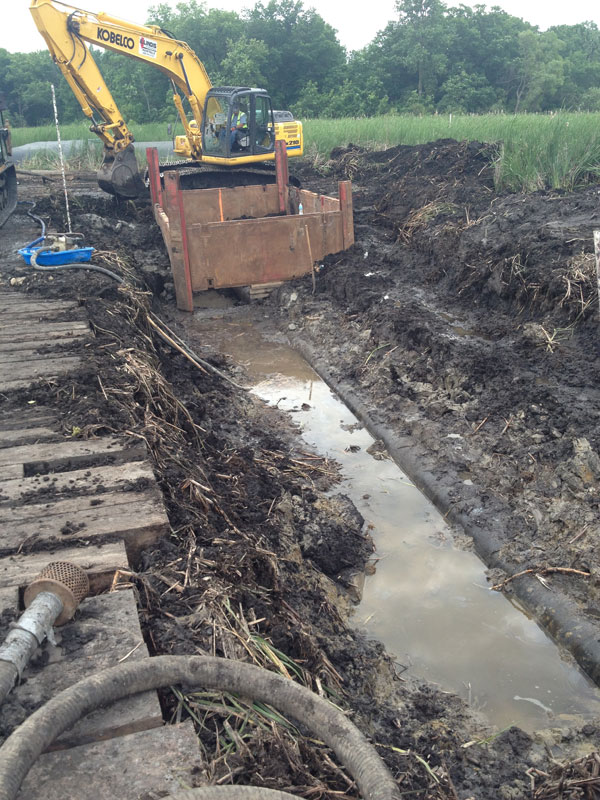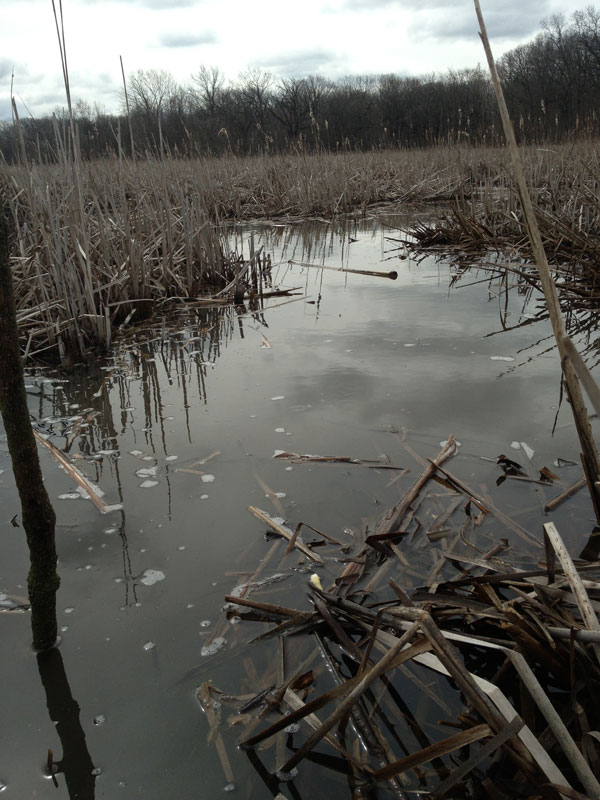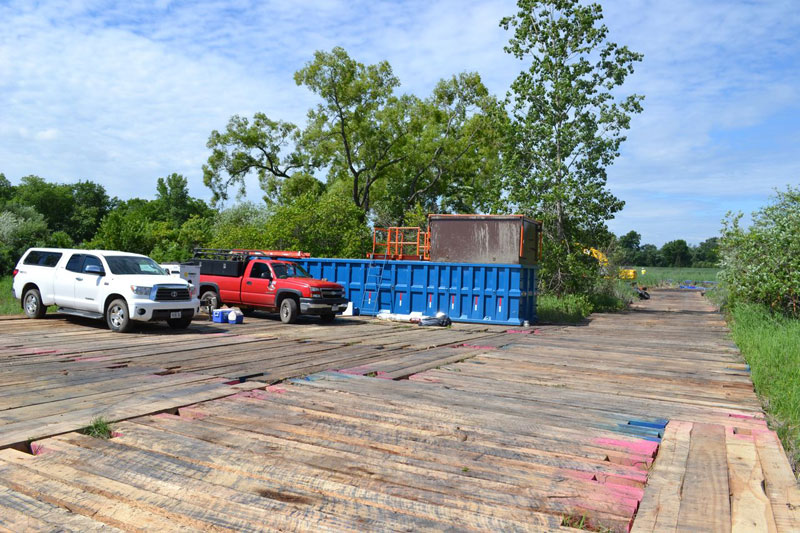Wednesday, January 8, 2014
The Cost of Regulation
The value of governmental regulation cannot be denied. In addition to numerous safety and environmental benefits it provides a benchmark for maintaining safety and stability during the process of completing field work - be it new infrastructure integration or maintenance and repair. There are circumstances, however under which un-coordinated or conflicting regulatory requirements can delay a much needed project and dramatically impact the costs of performing the work.
An example of how regulatory inconsistencies or conflicting requirements can impact field work can be found in a recent project performed by Midwest Contractors (MWC) on behalf of one of its largest clients.
During the early stages of planning MWC’s Northern Illinois based customer called on it to assist in planning and executing the elimination of an anomaly on one of its sixteen inch, Refined Products pipelines. Normally this would not be a large project and MWC would anticipate taking only a few days in the field to expose the pipe, analyze the anomaly and make the necessary repairs to rectify the problem.
In the case of this particular pipeline however, we were challenged by its location as it runs through a section of marshland overseen by the Illinois Department of Natural Resources. This was further compounded by its being situated approximately one quarter of a mile from the nearest county road. Before we could begin our work we needed to overcome a number of hurdles and resolve several regulatory issues. The first involved obtaining the myriad of permits required. The second was the attention required to resolve all pending ROW issues. As a General Contractor our role is to ensure that the work performed is carried out safely and in accordance with both plans and permits. Increasingly MWC is being asked by townships, counties, municipalities, soil and water conservation districts, state departments of natural resources, and a myriad of Federal agencies to apply construction methods that will minimize the impact of our processes on flora, fauna, soil, & water. To compound these pressures, the “wish lists” and compliance guidelines of these agencies do not always coincide, but rather place a contractor such as MWC in a situation of compromising the directives of one regulatory agency at the expense of another.
In the case of this Refined Products pipeline project we began by investing eighteen months of time in meetings with various oversight agencies. These compliance and permitting hurdles were in addition to discovery work performed by our own Right of Way agent, an independent environmental consultant, and our client’s internal Project Engineer. All parties concerned in this project were focused on understanding fully the regulations set forth and planning a construction strategy that would meet or exceed the expectations of the parties involved in the oversight of this project. We all know fully well that these hidden costs are part of the process of doing business in today’s regulatory environment. That said, in this specific circumstance we estimated their cost, prior to the commencement of any sight activity to be $30,000. We discovered soon after that our estimate for this phase of the project was miniscule compared to what was ultimately spent before any earth was disturbed.
CASE STUDY GALLERY







